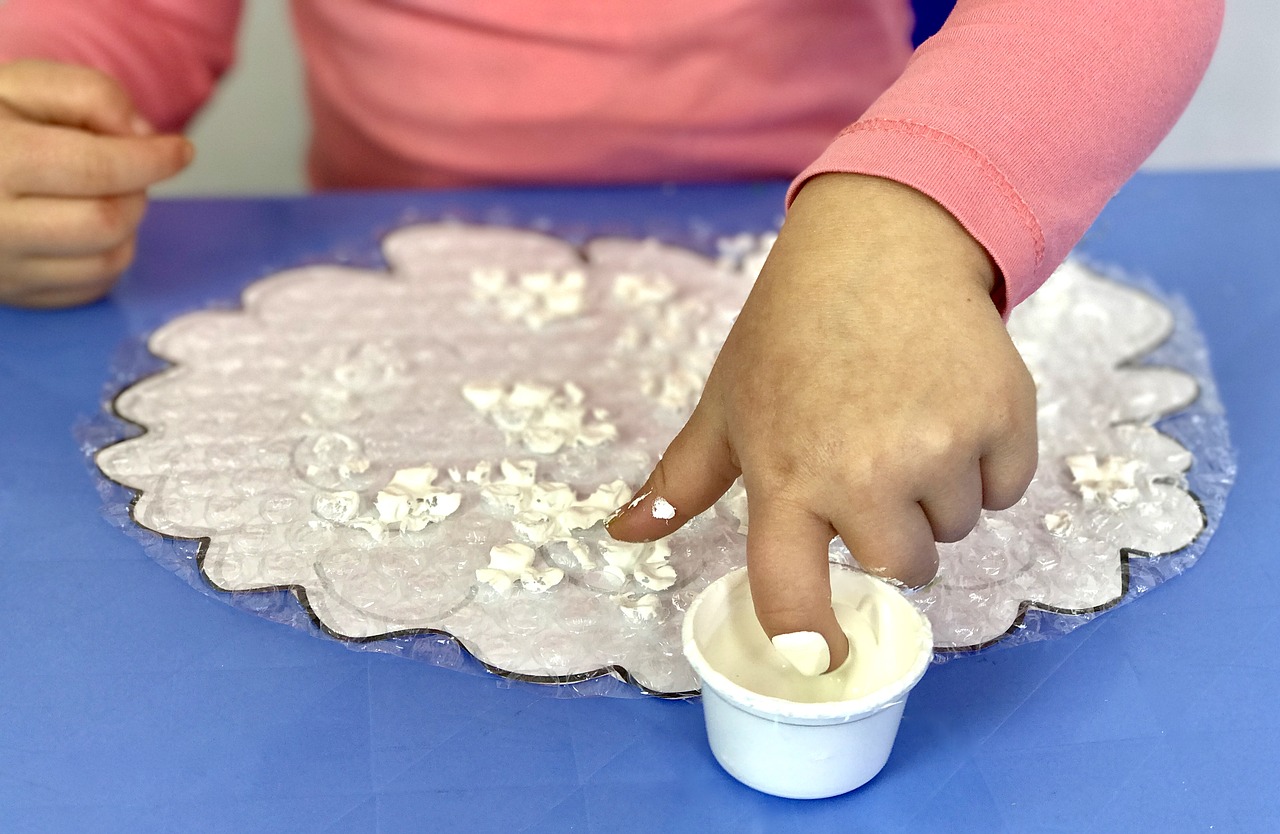If your child is living with a learning disability, getting them into the arts can help them in a variety of ways. From improving focus to relieving stress, art has been shown to have therapeutic benefits for those who practice on a regular basis. But getting children interested in art, without added stress, can be a challenge. Here are a few ways you can help kids get excited about the arts.
Create an Arts and Craft Space
While art can be a lot of fun, it can also create a whole lot of mess. Protect your furniture and floors, as well as your peace of mind, by setting up a dedicated room for arts and crafts. Try to pick a spot that isn’t carpeted, or look into ways to protect floors from spills and stains. Get some tables that are high enough to accommodate your children, and make sure the room is well lit as well. Once you have your space all set up, set some ground rules for allowing your child access. Keep all art materials in the craft room and make sure you are around to supervise when they’re using sharp or otherwise dangerous objects.
Let Your Kids Have Fun
Children with learning disabilities can be especially sensitive to criticism. Art should be an outlet for negative emotions, and the craft room should be a space free from judgements. Allow children to express themselves and their creativity during this time. Try not to set harsh goals or work on overly difficult projects, and interject when your child seems frustrated. Let them know that learning an art or craft can be a process, but there are not rules for expressing creativity. This should be their time to de-stress and decompress from their everyday routine.
Pick Up the Right Supplies
If your child has special needs, you need to be extra careful when picking out materials. Look for craft supplies designed for safety and keep your child’s needs in mind when shopping. Some children may have issues with textures or making a mess, so you may need to pick up some gloves or aprons to help them feel comfortable. Look for materials and supplies designed with learning disabilities in mind, to help your child make the most of arts and crafts time.
Find Ways to Keep Kids Calm
Often children with learning disabilities have a tough time controlling their emotions. They may be quick to get overly excited or angry when working on an art project that stimulates their senses. Find ways to de-escalate your child’s emotions and keep tantrums at bay. Pick up some calming scents to use in the art room, or choose a time of day when your child has the most focus. Breathing exercises can also be an effective way to calm children who are in a hyper-emotional state.
Explore Different Projects
When you think of art, you may just think of painting and drawing. But children with special needs can benefit from a wide array of craft projects. Working with textiles and sewing projects can be especially soothing to some children. Some kids may wish to explore other senses, by putting together figures from different materials or making art out of foam. Exploring different arts is also a good way to get children interested in learning about other cultures. Allow your children to pursue their own personal passion by choosing a variety of projects to work on.
Art is a wonderful form of therapy and stress relief for anyone, but it can have notable positive impacts on the lives of children who have a learning disability. Encourage your child to explore their creativity freely and safely, and help them discover hidden talents that can give them tools to enhance their lifelong learning process.
Photo Credit: Pixabay


